
Навіть якщо багато засновників мають хороші ідеї для технологічних стартапів, вони також таємно бояться не врахувати якусь дрібницю, яка зруйнує весь задум. Але надмірне планування не підходить для ІТ-стартапу: вам потрібно швидко перейти від ідеї до результату, щоб скористатися можливістю. Ми вже говорили про lean canvas, які роблять планування швидким та ефективним, а також про методологію спринту для перевірки будь-якої ідеї за 5 днів (хіба це не чудово?) і тут ми хотіли б представити вам поради успіху Getting Real.
Підхід Getting Real використовується компанією Basecamp (раніше 37signals), яка найбільш відома своїм веб-інструментом для управління проектами з такою ж назвою. Основна ідея бізнес-концепції Getting Real полягає в якнайшвидшій реалізації ваших ідей продукту з мінімальними ресурсами.
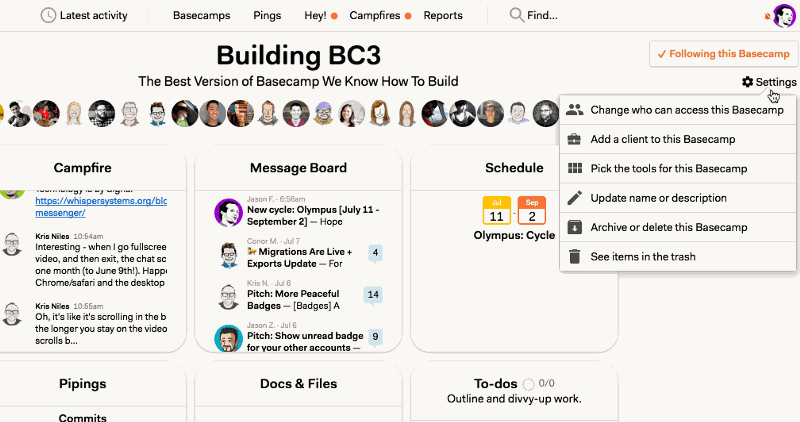
Джерело: Блог Basecamp
З підходом Getting Real ваша мета повинна полягати в створенні значущих відносин з клієнтами. Таким чином, вони будуть повертатися, рекомендувати ваш продукт своїм знайомим і виступати адвокатами вашого бренду. Ми підготували список з 10 порад для стартапів на основі цього підходу, які ви, як засновник стартапу, повинні врахувати, якщо хочете досягти успіху (і бути крутим!) з вашою ідеєю стартапу.
1. Майте єдине бачення для вашого продукту
Як отримати ідеї для стартапу? Знайте, що ви робите. Якщо ви не можете пояснити, що намагаєтеся досягти в одному реченні, як ви зможете переконати когось зацікавитися цим або відрізнити вашу пропозицію від інших? Крім того, ваше бачення бізнесу стартапу допоможе вам приймати правильні стратегічні та тактичні рішення, перетворюючи хороші ідеї технологічних стартапів на дії. Ось кілька прикладів для вашого натхнення:
- Airbnb: Створити відкритий світ, де кожен відчуває себе вдома і може належати будь-де.
- Basecamp: Управління проектами — це комунікація.
- Lyft (стартап на зразок Uber): Забезпечення спільнот привітними та доступними поїздками.
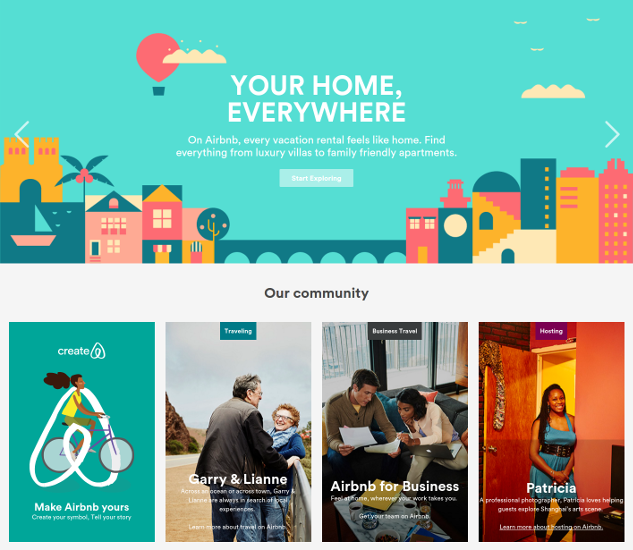
У чому різниця між місією, баченням і метою? Читайте нашу статтю про Happy Startup Canvas, щоб дізнатися більше.
2. Залишайтеся гнучкими
Підхід lean startup означає менше людей (перша версія може бути створена командою з трьох осіб або можна розглянути можливість запуску стартапу з аутсорсинговою мобільною або веб-розробницькою командою) і вибором рішень з відкритим кодом, дешевших або простіших, коли це можливо.
Під час роботи над нашим технічним стартапом UARoads ми використовували багато рішень з відкритим кодом (OpenStreetMap, набір інструментів Mapnik, бібліотеку Leaflet JavaScript тощо), які допомогли нам перетворити ідею на застосунок. Щодня UARoads отримує понад 1200 треків від своїх користувачів, а його зростаюча спільнота вже налічує понад 57 000 осіб.
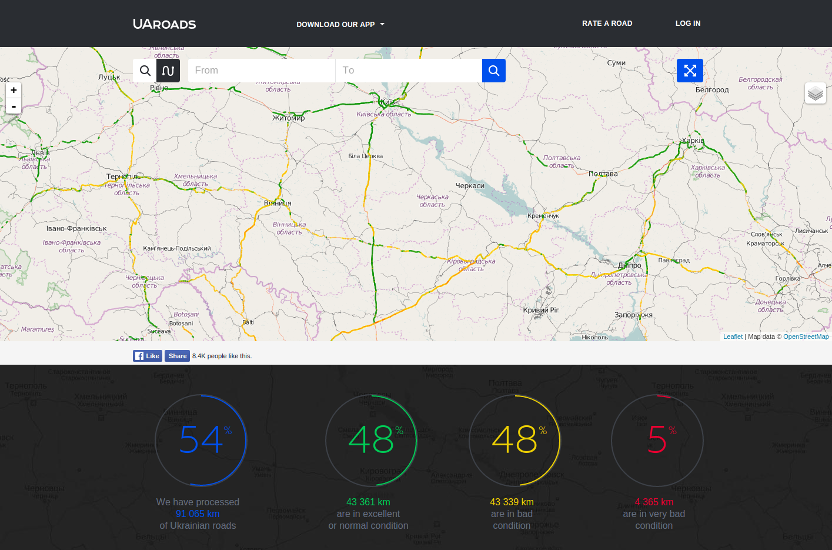
3. Встановіть фіксовані терміни та бюджет
Обсяг, час і бюджет — це складні питання: ви можете отримати лише два з них при запуску компанії. Тож оберіть підхід MVP і включіть лише найнеобхідніше в першу версію вашого продукту, але дотримуйтесь бюджету та встановлених термінів. Такі обмеження допоможуть підвищити креативність вашої команди, а перетворення ідей на реальність стане для них захоплюючим викликом.
4. Починайте з основи
Basecamp називає це дизайном епіцентру: ви перетворюєте ідеї в дії, починаючи з проектування найважливішої частини контенту. Наприклад, якщо ви створюєте щось на кшталт Medium, основним компонентом є інструмент для електронного публікування та стаття, а потім все інше (профілі, меню, фільтри пошуку тощо) у порядку важливості для вашого продукту. Таким чином, починаючи з першого дня, ви працюєте над тим, що дійсно важливо. Для веб-застосунків процес виглядає так:
- Генеруйте ідеї та обирайте найкращі ідеї для веб- або мобільного стартапу.
- Створіть прототип вашого застосунку або вебсайту стартапу на папері. Ескізи на папері робити надзвичайно швидко та дешево, і люди, як правило, відчувають меншу прив'язаність до них, адже на їх створення пішло 15 хвилин, не велика справа, якщо вони не потраплять у MVP.
- Макет.
- Створіть HTML-екрани.
- Програмуйте їх.
5. Пропонуйте менше функцій
Ви вирішуєте проблему, чи не так? Тоді припиніть додавати зайві функції, які не є частиною рішення! Молоді користувачі схильні обирати продукти з меншим набором функцій (Snapchat) і вважають перевантажені сервіси, такі як Facebook, нудними. Зробіть звичкою спочатку казати "Ні" будь-якій новій функції, нехай вона переконає вас, що ваш продукт потребує її.
Те ж саме стосується запитів на нові функції: розглядайте можливість додавання чогось після того, як кілька ваших користувачів надіслали запит на цю функцію протягом певного часу. Наприклад, Twitter почав автоматично розширювати попередні перегляди твітів у 2015 році — значно після свого початкового запуску.
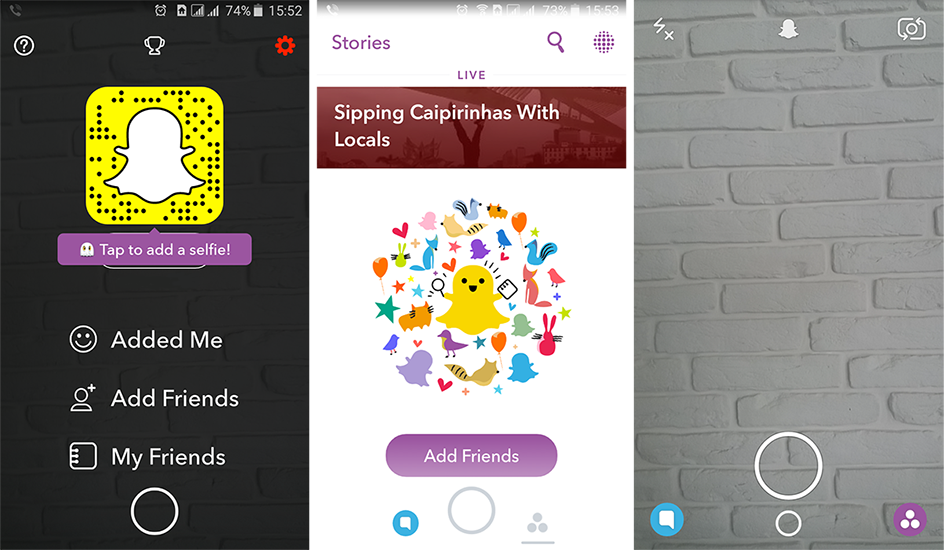
Крім того, це гарна порада для уникнення циклу функцій: коли створення певної функції вимагає від вас розробити ще три функції.
6. Уникайте налаштувань
Чи хочете ви, щоб ваші користувачі застрягли на екрані налаштувань і навіть не спробували ваш продукт? Якщо ні, тоді оберіть усі ці значення за замовчуванням для них. Користувачі будуть скаржитися, якщо їм щось не подобається, але частіше за все вони будуть вдячні за те, що їх не змушують робити багато і багато налаштувань перед тим, як насправді почати користуватися вашим додатком.
7. Дайте вашому продукту особистість
Як створити стартап, який сподобається людям? Візьміть своє бачення, поєднайте його з тим, що ви знаєте про свою аудиторію, і створіть програмне забезпечення, яке не для всіх, програмне забезпечення, засноване на принципах, з якими люди можуть не погоджуватися — і це чудово, адже будуть люди, які дійсно його полюблять і поділятимуть ваші цінності. Наприклад, Slack — багато людей його не люблять, але безліч компаній його обожнює!
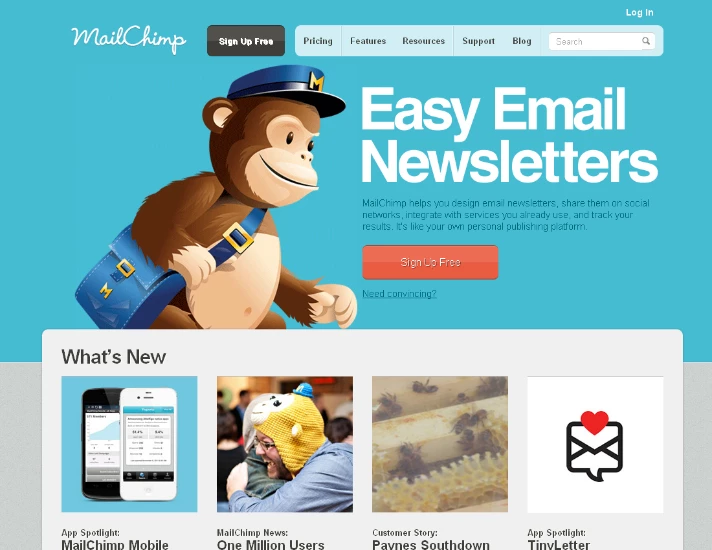
8. Створіть продукт, який не потребує навчання
Користувачі відвідують вашу сторінку FAQ лише тоді, коли стикаються з проблемою, їм не потрібно її читати, щоб почати користуватися вашим продуктом. Запропонуйте їм короткий онбординг та підказки в процесі, дотримуйтесь принципів веб-дизайну інтерфейсу, і ви на правильному шляху.
9. Припиніть вирішувати проблеми, яких у вас немає
Одна з таких проблем — масштабування. Засновники зазвичай дуже переживають з цього приводу, але немає такого поняття, як стартап, готовий на 100% до масштабування. Крім того, якщо ви ще не залучили своїх перших 1000 користувачів, в чому сенс турбуватися про проблеми, які можуть виникнути при досягненні 10000? Зосередженість на задоволенні ваших перших клієнтів принесе вашому стартапу більше користі.
10. Створіть передзбудження
Вивчіть деякі PR стартапів у голлівудських хлопців і дійте розумно з хорошими ідеями технологічного стартапу:
- Почніть з тизера за кілька місяців до запуску: відкрийте блог стартапу, покажіть своє лого, дайте кілька натяків на те, над чим ви працюєте, почніть залучати перших підписників у соціальних мережах і підтримуйте їх інтерес.
- Два тижні перед запуском хороших ідей технологічного стартапу переключіться в режим попереднього перегляду: почніть говорити про функції та показувати скріншоти, варіанти використання та відео. Якщо можете, роздайте кілька ранніх запрошень впливовим особам. Заохочуйте людей підписатися, щоб отримати сповіщення про запуск.
- Запустіть ваш продукт разом з оновленим веб-сайтом стартапу, який розповідає все, що користувачі повинні знати про ваш продукт.
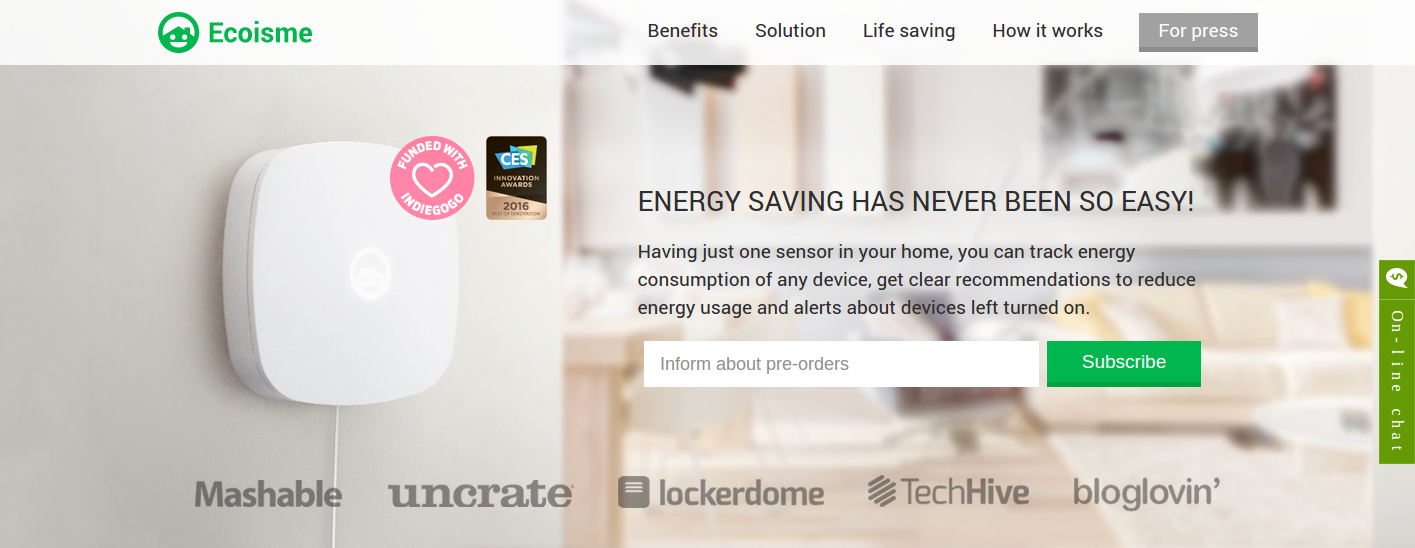
Висновок
Сподіваємося, що поради Getting Real щодо стартапів про те, як перетворити хороші ідеї технологічного стартапу на продукт, допоможуть вам перейти від концепції до реального продукту, який приносить прибуток.
Якщо вам потрібен надійний партнер для розробки та дизайну прототипів для вашого мобільного або веб-стартапу, команда стфалкон.com буде рада допомогти — просто зв'яжіться з нашими менеджерами.
Бажаєте отримати цінні поради для стартапу, які можуть вплинути на майбутнє вашого підприємницького проекту? Не шукайте далі, ніж біла книга Stfalcon "7 рецептів, як отримати ідею для стартапу". Дізнайтеся, як використовувати інновації, сприяти креативності та розробляти ідеї стартапів, які мають потенціал змінити галузі та захопити аудиторії.



